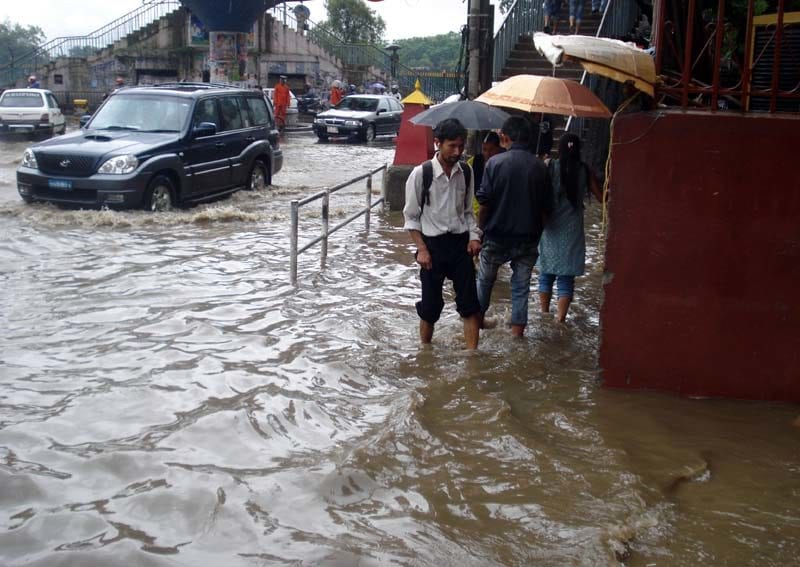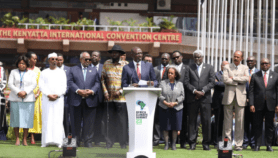By: Smriti Mallapaty
Send to a friend
The details you provide on this page will not be used to send unsolicited email, and will not be sold to a 3rd party. See privacy policy.
[KATHMANDU] Increased air pollution before and during the Asian summer monsoon will change rainfall patterns across Asia, as well as the regional and global climate, a gathering of atmospheric scientists in Nepal has heard.
But the effect must be quantified with further research, said researchers at the Workshop on Atmospheric Composition and the Asian Summer Monsoon, hosted by the International Centre for Integrated Mountain Development (ICIMOD), last month (9-12 June).
"The monsoon itself [which roughly runs from May to October] is highly complex, and pollution is highly complex. With that combination, we need a lot more observations and modelling to say exactly what will happen," Mark Lawrence, a participant in the workshop and scientific director at the Institute for Advanced Sustainability Studies (IASS) in Germany, told SciDev.Net in Kathmandu, Nepal.
Rapid industrial development and population growth in Asia have led to increased emissions of a range of pollutants, including gases such as carbon monoxide, and aerosols such as black carbon and other dust particles.
These emissions are pumped through monsoon systems that act as chimneys into higher levels of the atmosphere, where they form an 'anticyclone' — a large circulation of winds moving away from a central eye — over the Tibetan plateau.
“Monsoons and pollution are highly complex. With that combination, we need a lot more observations to say what will happen”
Mark Lawrence
Some of the emissions travel even higher, into the atmospheric layer known as the stratosphere, staying for a long time and affecting radiation and climate, says Laura Pan, atmospheric scientist at the US National Center for Atmospheric Research, a co-organiser of the workshop.
Increased particle emissions during or before the Asian summer monsoon are also expected to affect cloud and rainfall patterns. Smoke or dust in the air act as 'seeds' on which water drops form to make clouds, says ICIMOD's lead atmospheric scientist, Arnico Panday.
The more particles in the atmosphere, the more water vapour spreads out and the longer it takes to rain — the same way mist on a shower curtain only drips down when large enough droplets form.
Scientists believe this will result in more extreme rainfall events as larger clouds form and release more water , says Panday, but it's uncertain how much current pollution levels will affect this.
Science in the region has come a long way but has not yet linked these effects with specific emissions sources, he says. "It is only in the last five to six years that satellite sensors have been detecting the build-up of pollution in the stratosphere over Tibet."
But the region's scientific capacity has made impressive leaps, says Maheswar Rupakheti, group leader for IASS's Sustainable Atmosphere for the Kathmandu Valley (SusKat) initiative. Many young South Asian researchers at the workshop were presenting "world class science", which was not the case five years ago, he says.
By bringing together more than 100 scientists from more than 20 countries, the organisers hope to increase collaboration.














